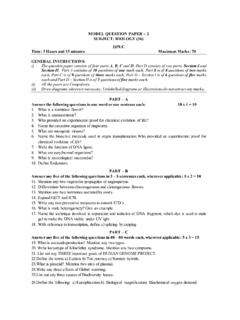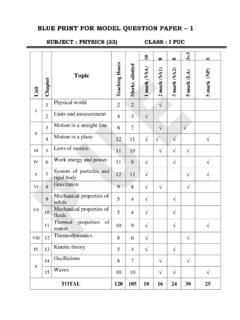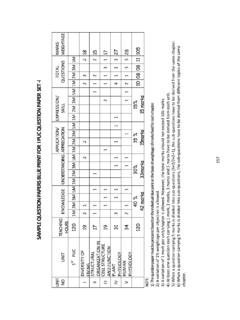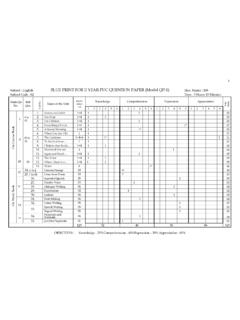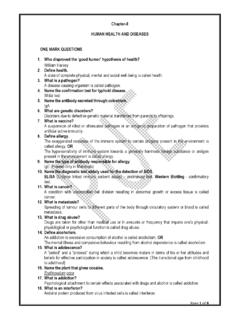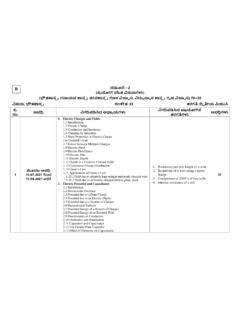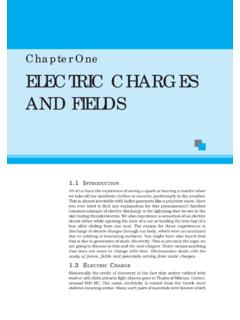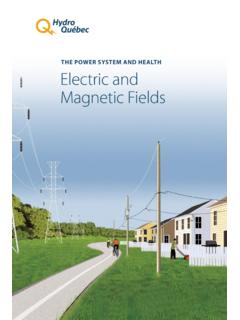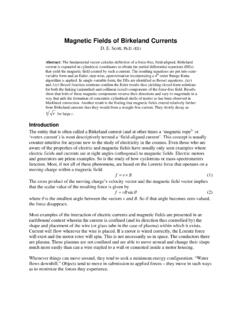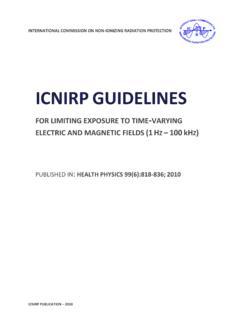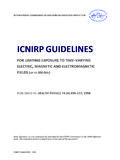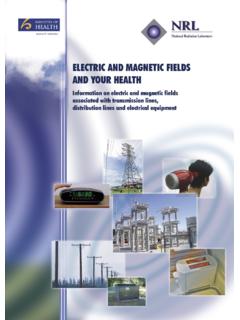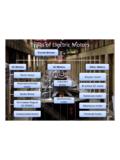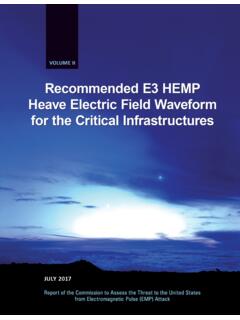Transcription of 1. ELECTRIC CHARGES AND FIELDS - Karnataka
1 1. ELECTRIC CHARGES AND FIELDS One mark questions with answers 1. What are point CHARGES ? A: CHARGES whose sizes are very small compared to the distance between them are called point CHARGES 2. The net charge of a system of point CHARGES ( ) =? A: 3. What is meant by conservation of charge? A: The total charge of an isolated system remains always constant 4. What is quantisation of charge? A: The ELECTRIC charge is always an integral multiple of e (charge on an electron). 5. Mention the unit of charge. A: coulomb (C) 6. Define one coulomb of charge. A: 1C is the charge that when placed at a distance of 1m from another charge of the same magnitude, in vacuum, experiences an electrical force of repulsion of magnitude 9x109N 7.
2 Which principle is employed in finding the force between multiple CHARGES ? A: Principle of superposition 8. Define ELECTRIC field . A: ELECTRIC field due to a charge at a point in space is defined as the force experienced by a unit positive charge placed at that point. 9. Is ELECTRIC field a scalar/vector? A: vector 10. Mention the unit of ELECTRIC field . A: newton per coulomb (NC-1) 11. What is the direction of ELECTRIC field due to a point positive charge? A: Radially outward 12. What is the direction of ELECTRIC field due to a point negative charge? A: Radially inward 13. What is a source charge? A: The charge which produces the ELECTRIC field 14.
3 What is a test charge? A: The charge which detects the effect of the source charge 15. How do you pictorially map the ELECTRIC field around a configuration of CHARGES ? A: Using ELECTRIC field lines 16. What is an ELECTRIC field line? A: An ELECTRIC field line is a curve drawn in such a way that the tangent to it at each point represents the direction of the net field at that point 17. What is ELECTRIC flux? A: ELECTRIC flux over a given surface is the total number of ELECTRIC field lines passing through that surface. 18. Mention the of ELECTRIC flux. A: Nc-1m2 19. What is an ELECTRIC dipole? A: An ELECTRIC dipole is a set of two equal and opposite point CHARGES separated by a small distance 20.
4 What is the net charge of an ELECTRIC dipole? A: zero 21. Define dipole moment. A: Dipole moment of an ELECTRIC dipole is defined as the product of one of the CHARGES and the distance between the two CHARGES . 22. Is dipole moment a vector / scalar? A: Vector 23. What is the direction of dipole moment? A: The dipole moment vector is directed from negative to positive charge along the dipole axis 24. What is the net force on an ELECTRIC dipole placed in a uniform ELECTRIC field ? A: Zero 25. When is the torque acting on an ELECTRIC dipole placed in a uniform ELECTRIC field maximum? A: When the dipole is placed perpendicular to the direction of the field 26.
5 When is the torque acting on an ELECTRIC dipole placed in a uniform ELECTRIC field minimum? A: When the dipole is placed parallel to the direction of the field 27. State Gauss s law. A: Gauss s law states that the ELECTRIC flux through a closed surface is equal to times the charge enclosed by that surface 28. What is a Gaussian surface? A: The closed surface we choose to calculate the ELECTRIC flux and hence to apply Gauss s law 29. What happens to the force between two point CHARGES if the distance between them is doubled? A: Decreases 4 times. 30. If two CHARGES kept in air at a certain separation, are now kept at the same separation in water of dielectric constant 80, then what happens to the force between them?
6 A: Decreases by 80 times. 31. On a macroscopic scale is charge discrete or continuous? A: Continuous. Two mark questions with answers 1. Write the expression for quantisation of charge and explain the terms in it. A: q=ne ; n is an integer (+ or-) and e is the charge on an electron 2. State and explain Coulomb s law of electrostatics. A: Coulomb s law states that the electrical force between two point CHARGES is directly proportional to the product of their strengths and is inversely proportional to the square of the distance between them.
7 If F represents the electrical force between two point CHARGES q1 and q2 separated by a distance r apart, then according to this law F= k ; k = is a constant when the two CHARGES are in vacuum. 3. Write Coulomb s law in vector notation and explain it. A: F21 = ; F21 Force on q2 due to q1, ; & are the position vectors of q1 and q2 and Unit vector in the direction of 4. Write the pictorial representations of the force of repulsion and attraction, between two point CHARGES . A: (1) For two like CHARGES : (2) For two unlike CHARGES : 5.
8 Explain the principle of superposition to calculate the force between multiple CHARGES . A: The principle of superposition: It is the principle which gives a method to find the force on a given charge due a group of CHARGES interacting with it. According to this principle force on any charge due to a number of other CHARGES is the vector sum of all the forces on that charge due to the other CHARGES , taken one at a time. The individual forces are unaffected due to the presence of other CHARGES . To understand this concept, consider a system of CHARGES 1, . The force on 1 due to 2 is being unaffected by the presence of the other CHARGES 3.
9 The total force 1 on the charge 1 due to all other CHARGES is then given by superposition principle 6. Mention the expression for the ELECTRIC field due to a point charge placed in vacuum. A: ELECTRIC field , E = 7. Write the expression for the ELECTRIC field due to a system of CHARGES and explain it. A: ELECTRIC field due to a system of CHARGES q1, q2, ,qn described by the position vectors r1 ,r2 ,r3 ,..,rn respectively relative to some origin. Using Coulomb s law and the principle of superposition, it can be shown that the ELECTRIC field E at a point P represented by the position vector r, is given by E(r) = { + + +.}
10 + } Or E(r) = 8. Draw ELECTRIC field lines in case of a positive point charge. A: 9. Sketch ELECTRIC field lines in case of a negative point charge. A: 10. Sketch the ELECTRIC field lines in case of an ELECTRIC dipole. A: 11. Sketch the ELECTRIC field lines in case of two equal positive point CHARGES . A: 12. Mention any two properties of ELECTRIC field lines. A: (1) ELECTRIC field lines start from a positive charge and end on a negative charge. (2) ELECTRIC field lines do not intersect each other. 13. Write the expression for the torque acting on an ELECTRIC dipole placed in a uniform ELECTRIC field and explain the terms in it.


